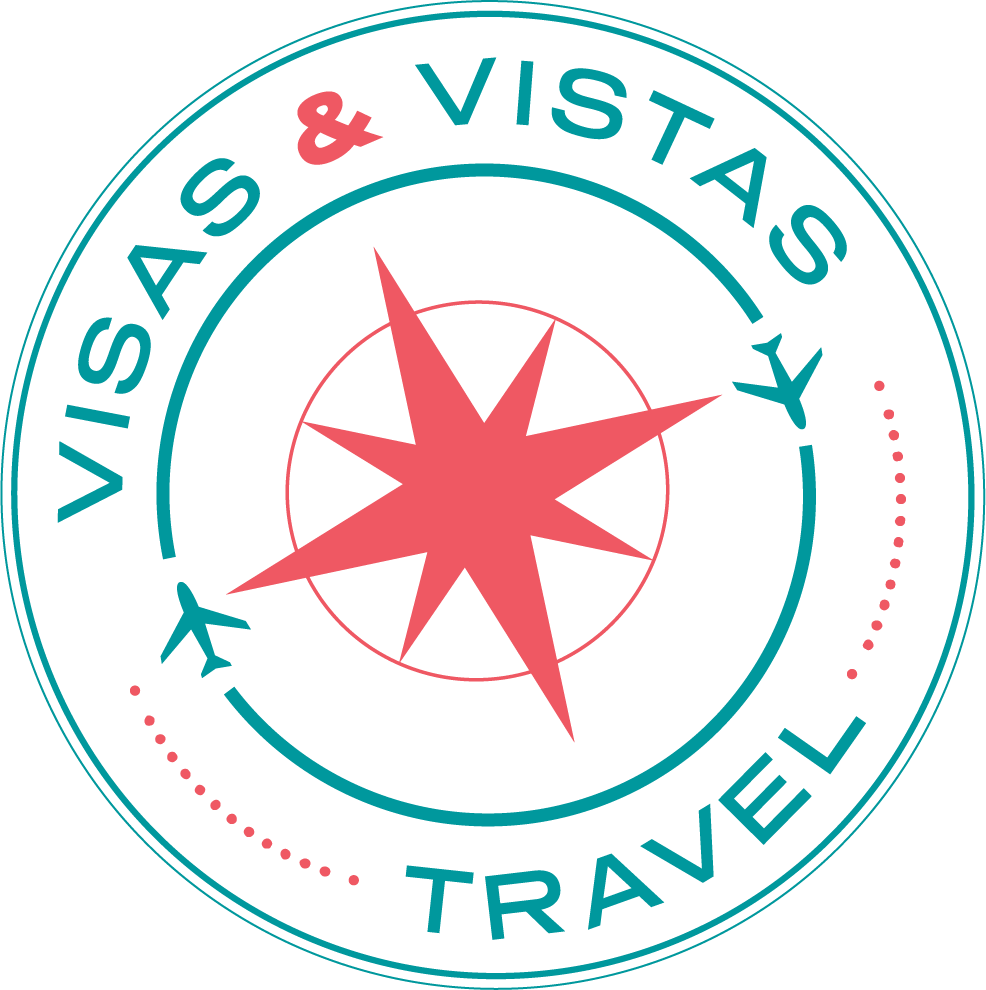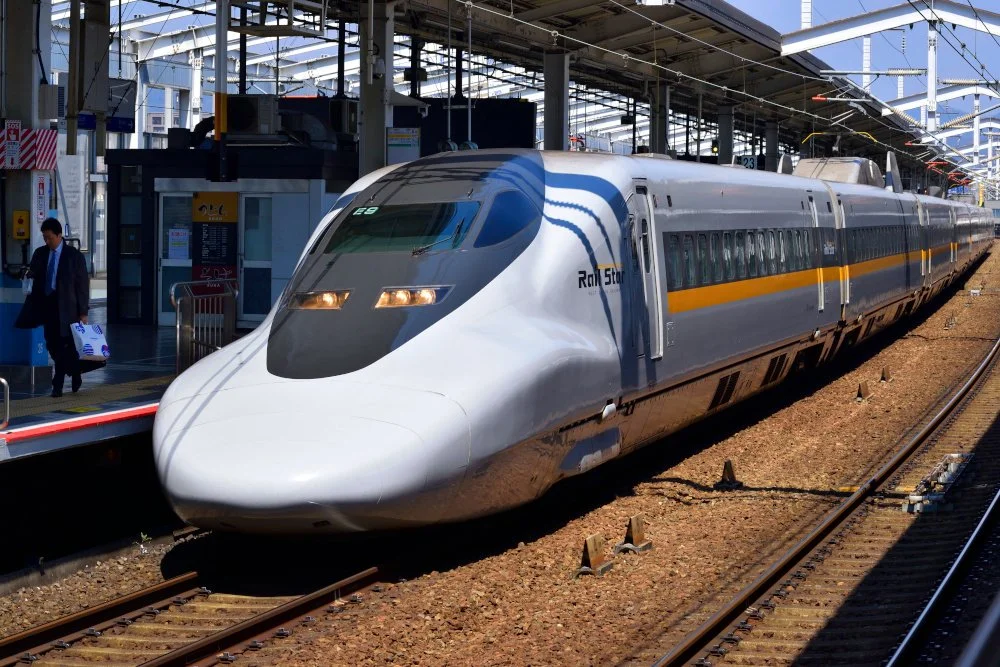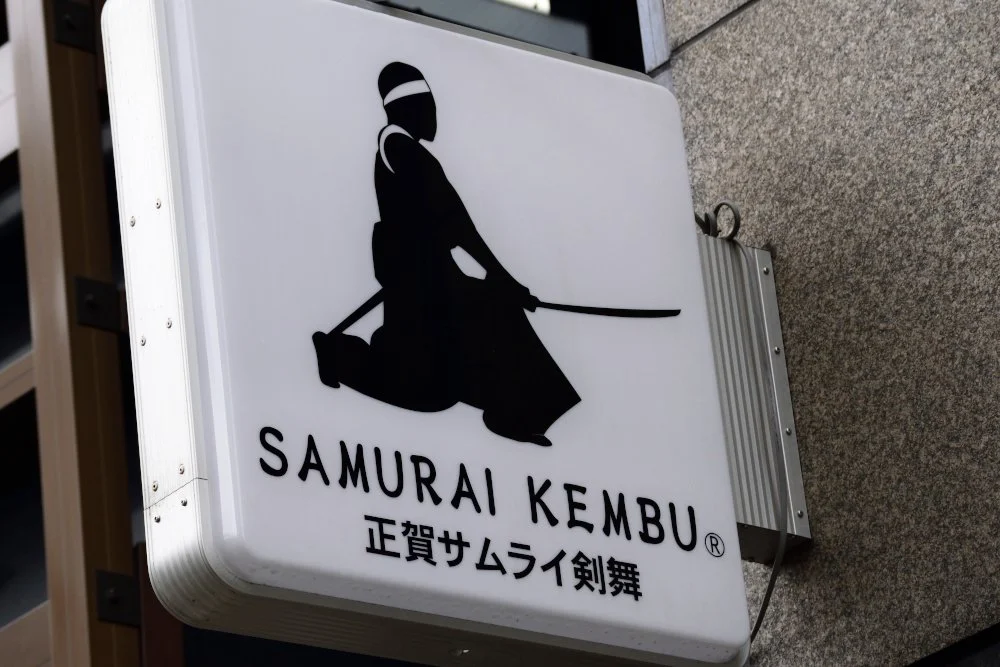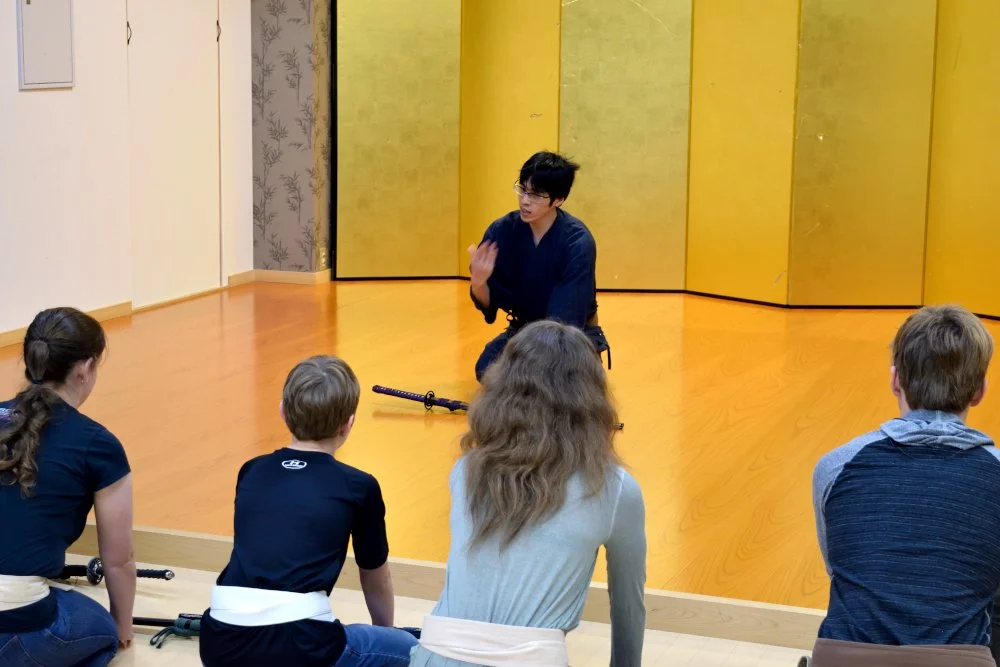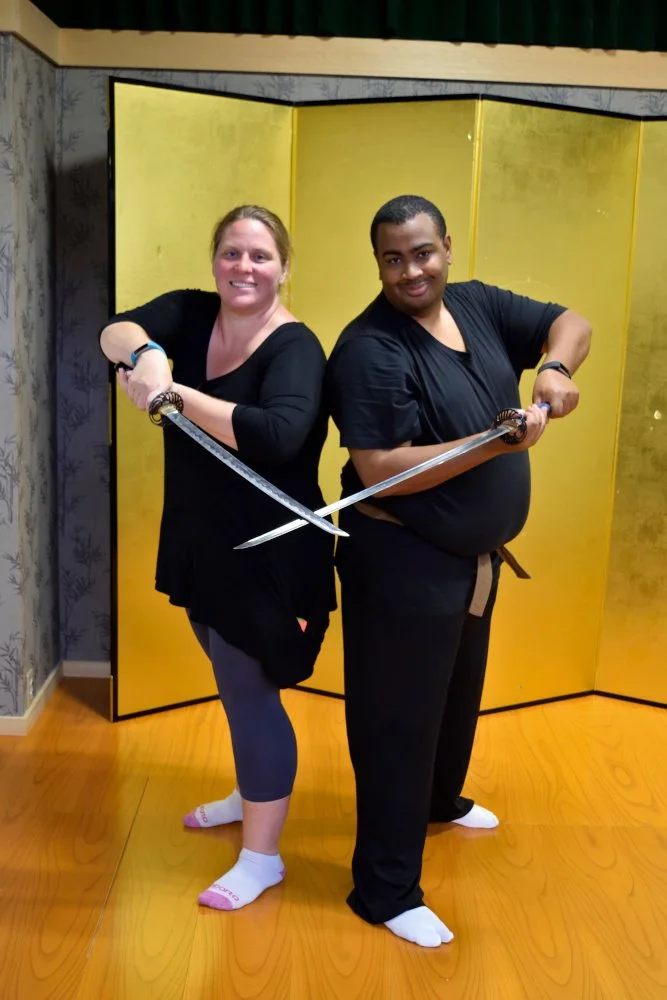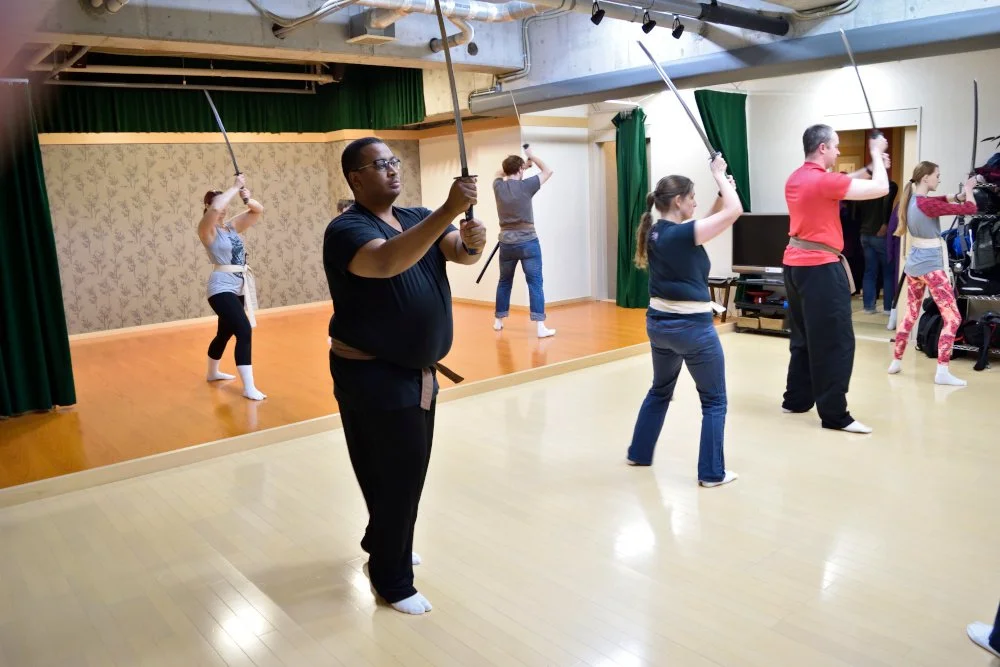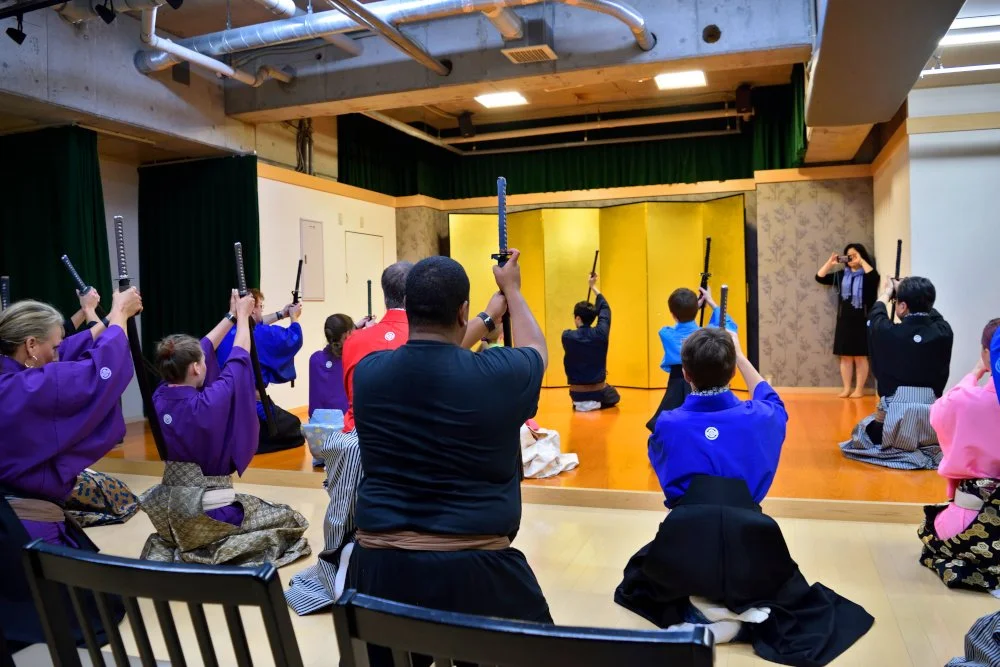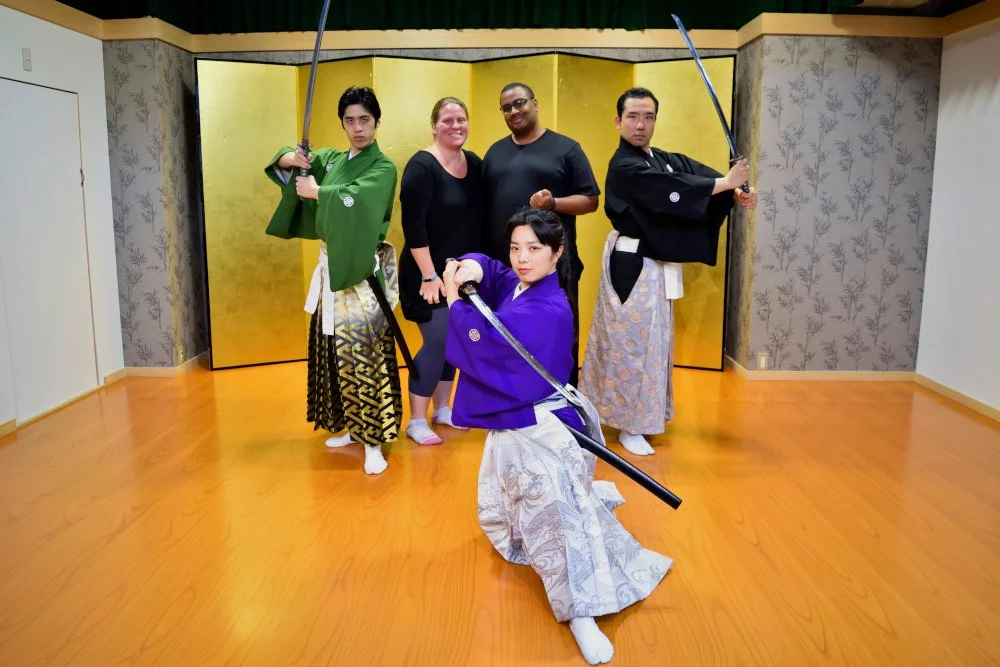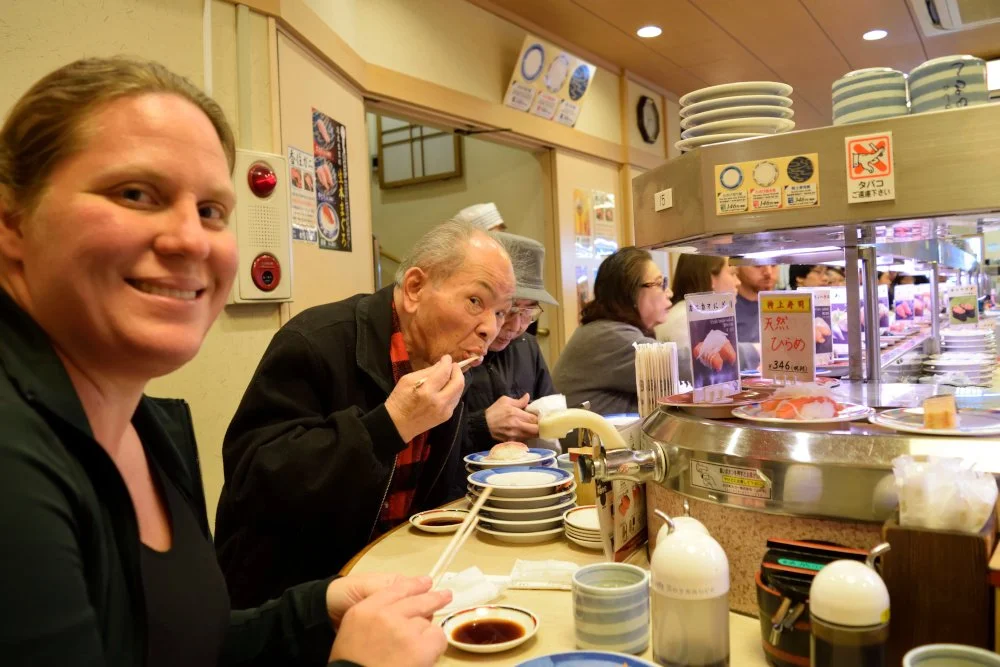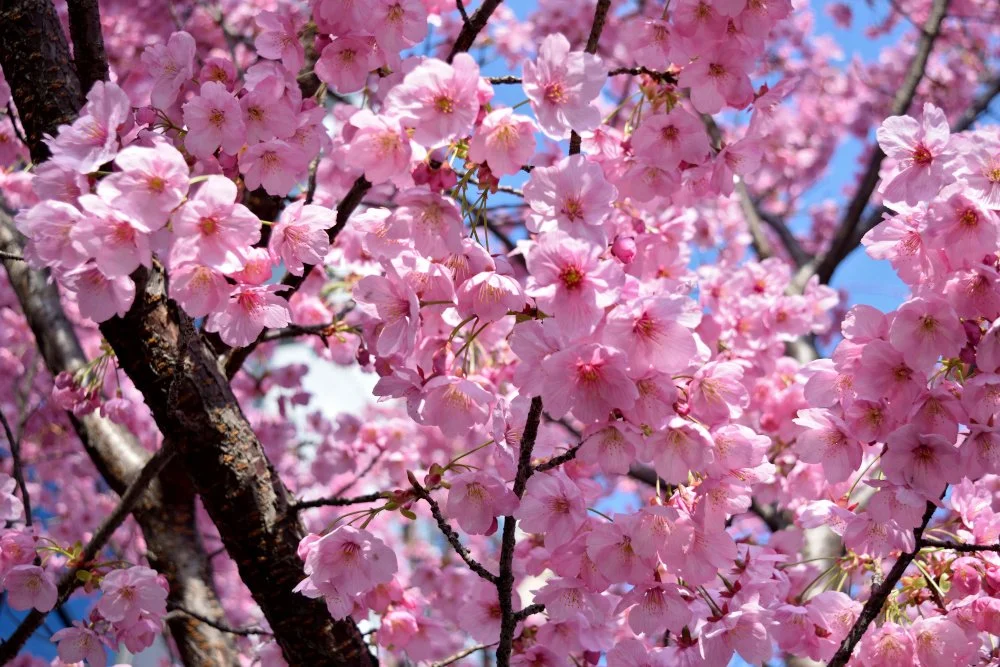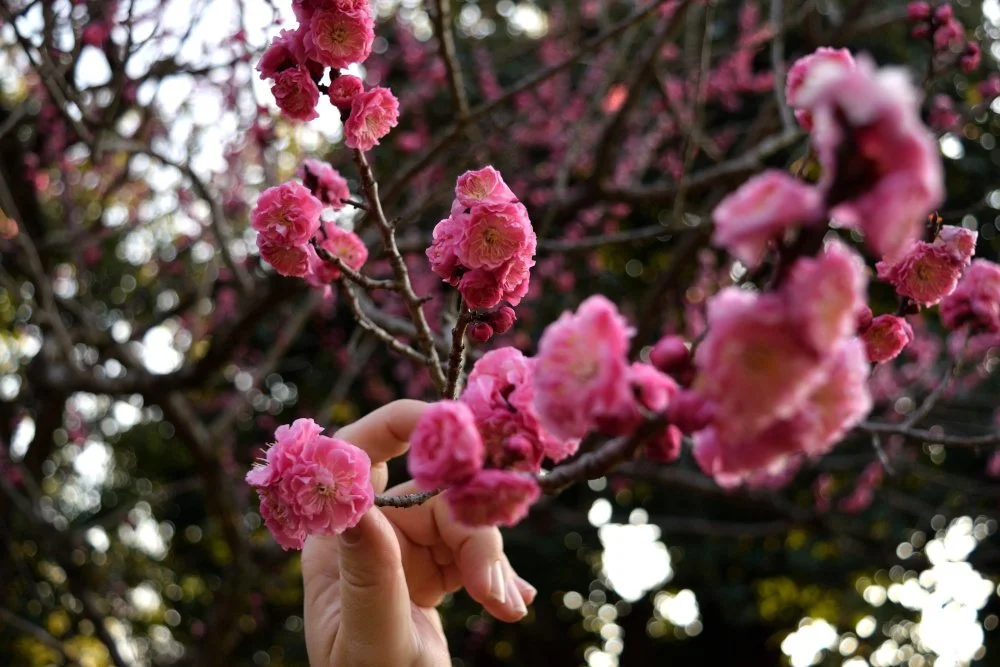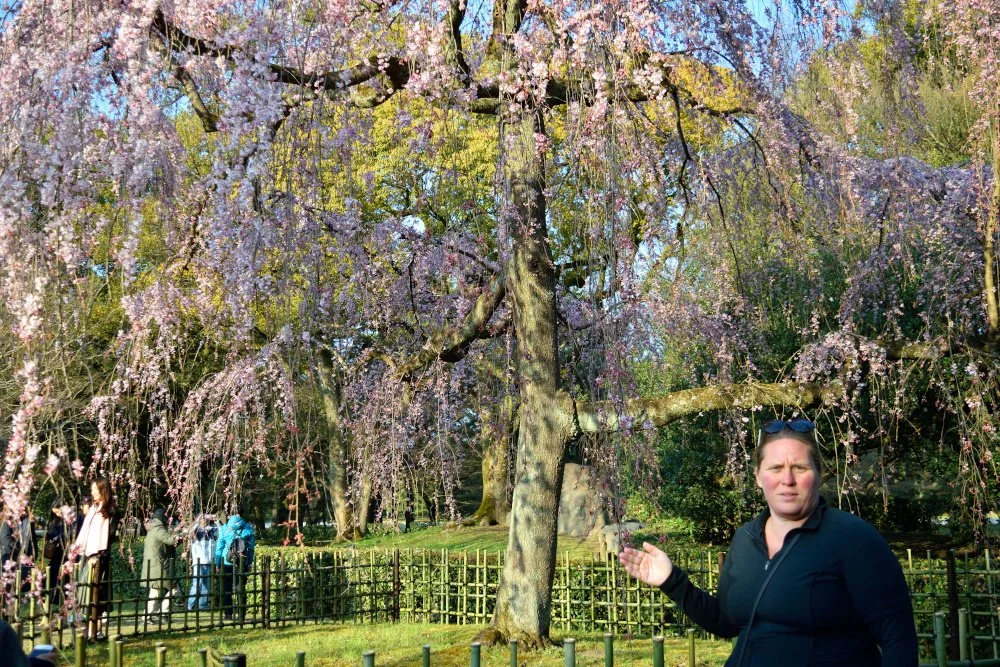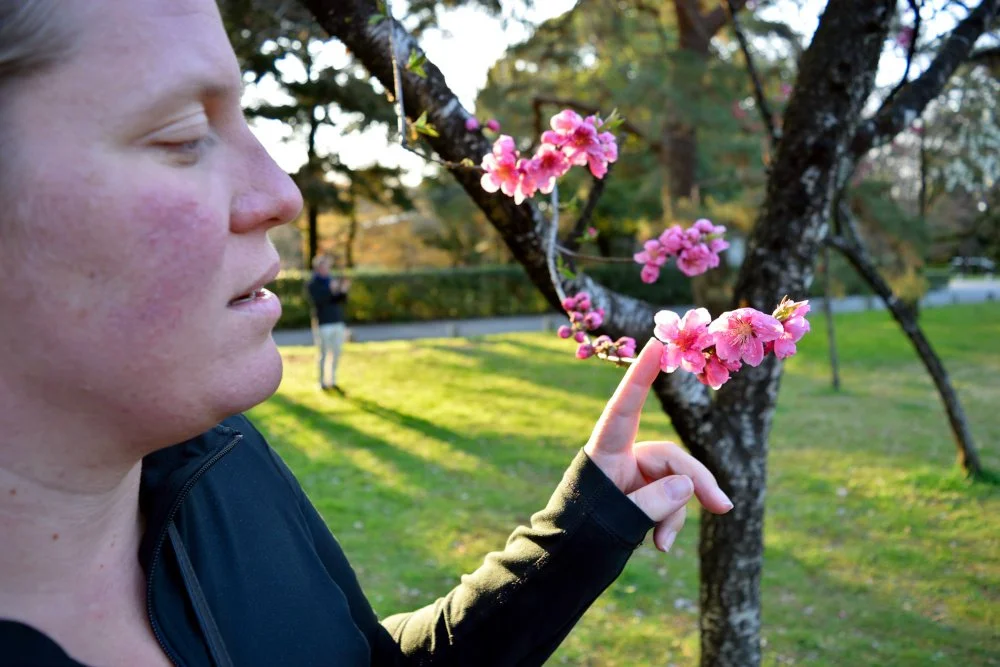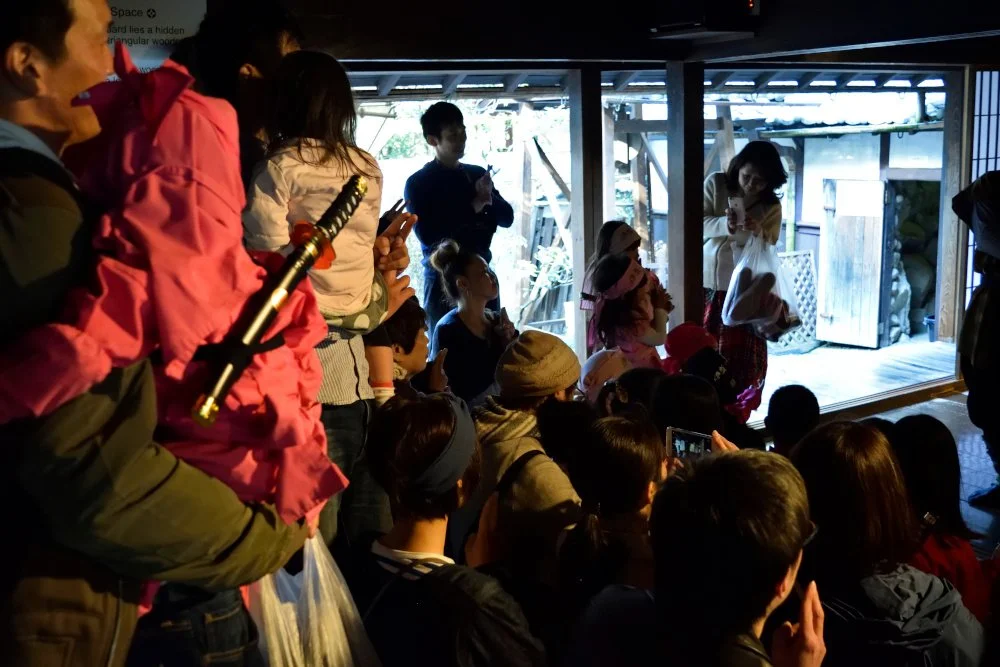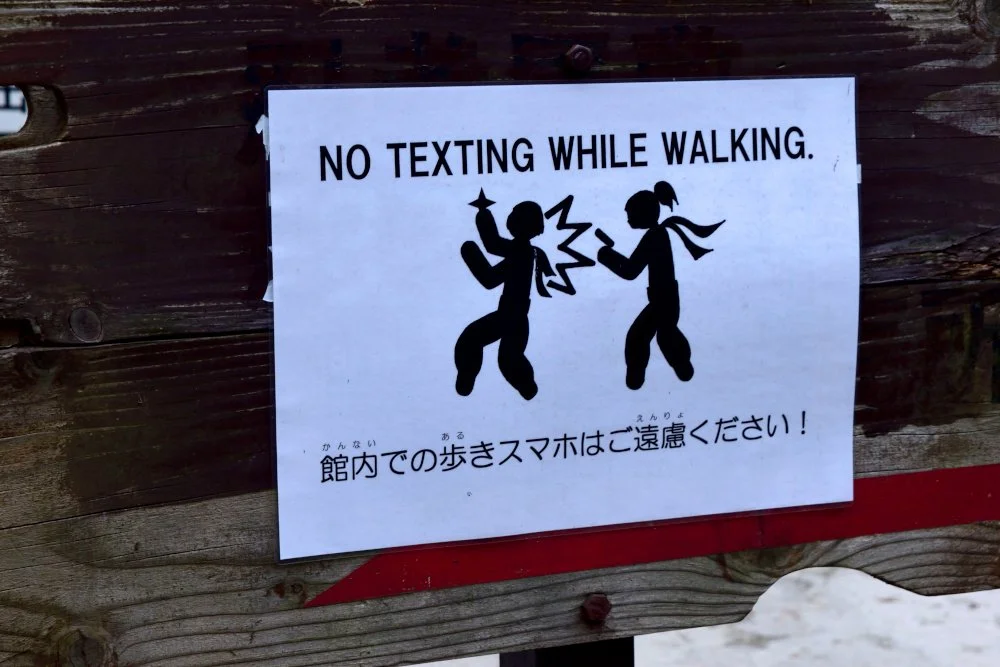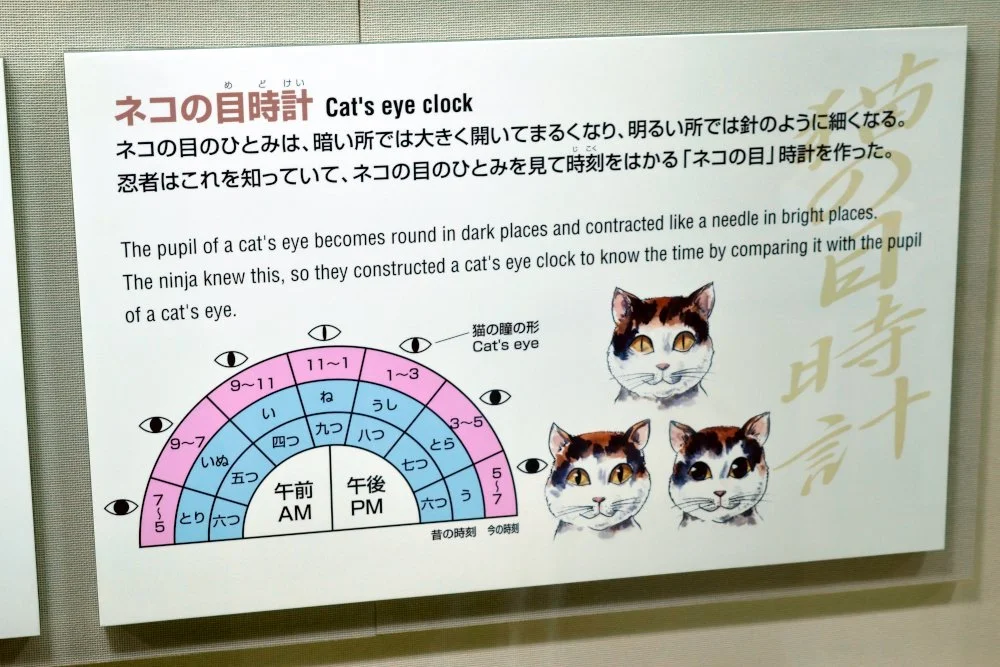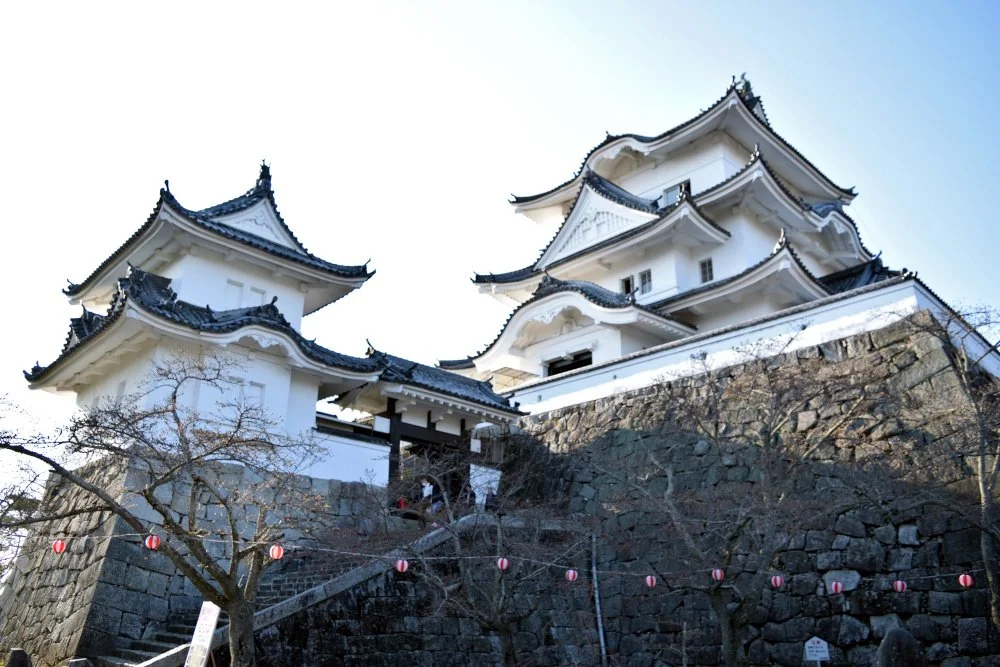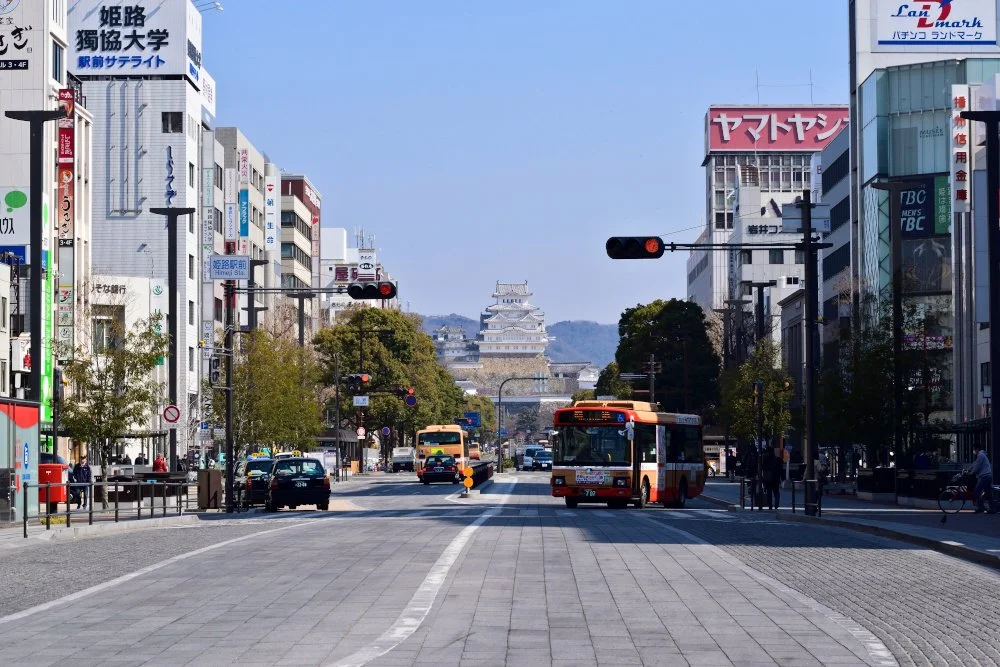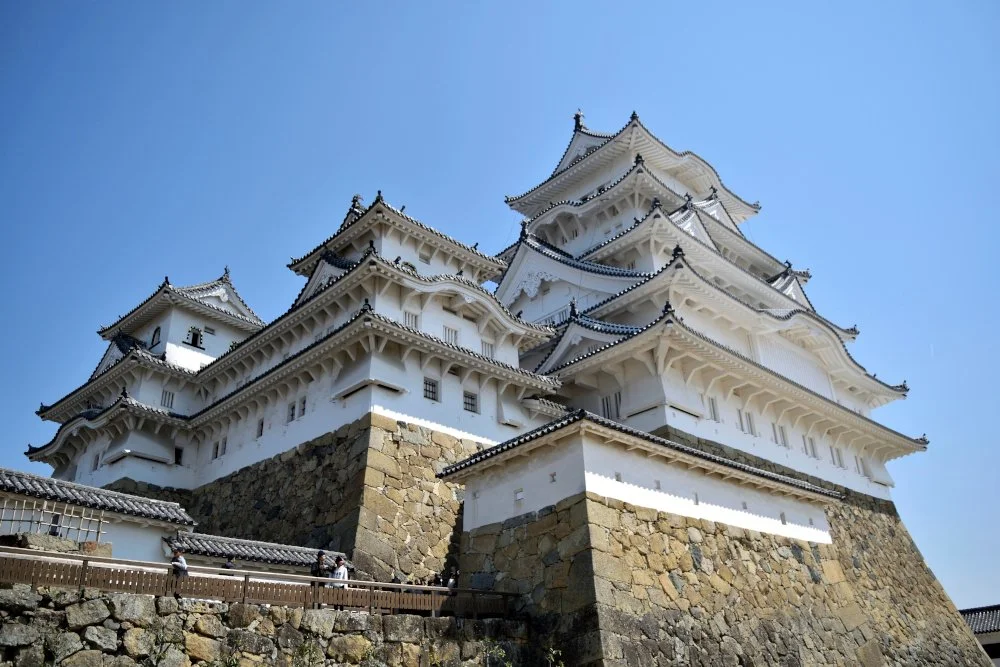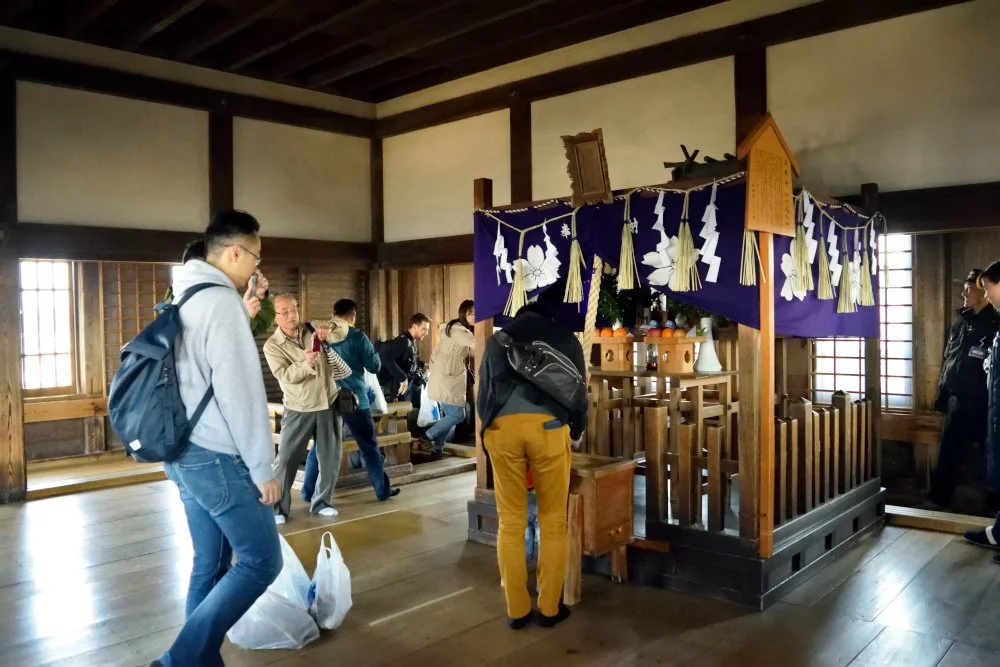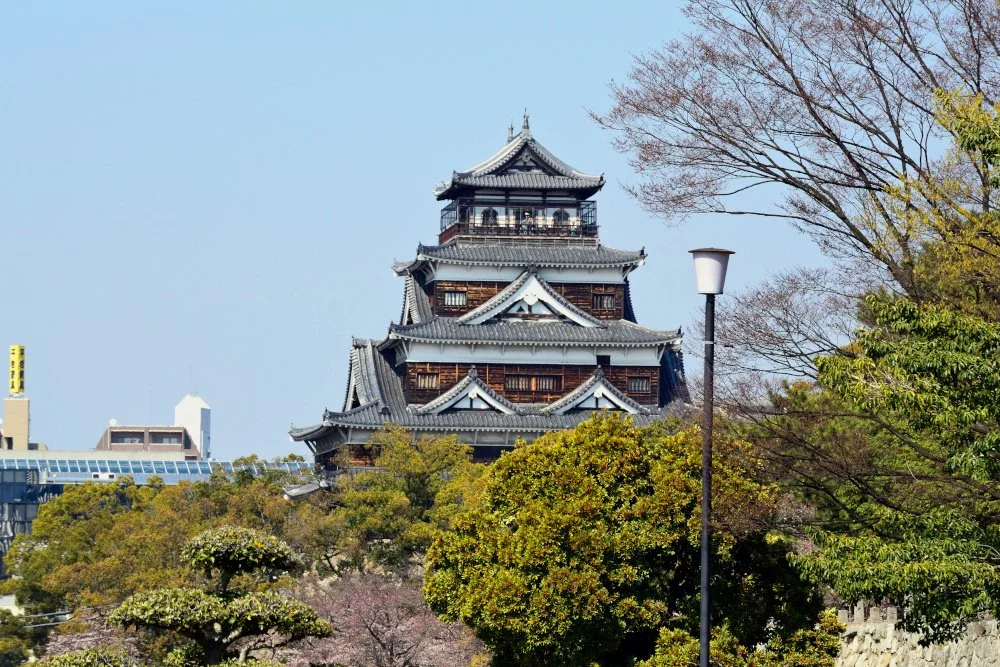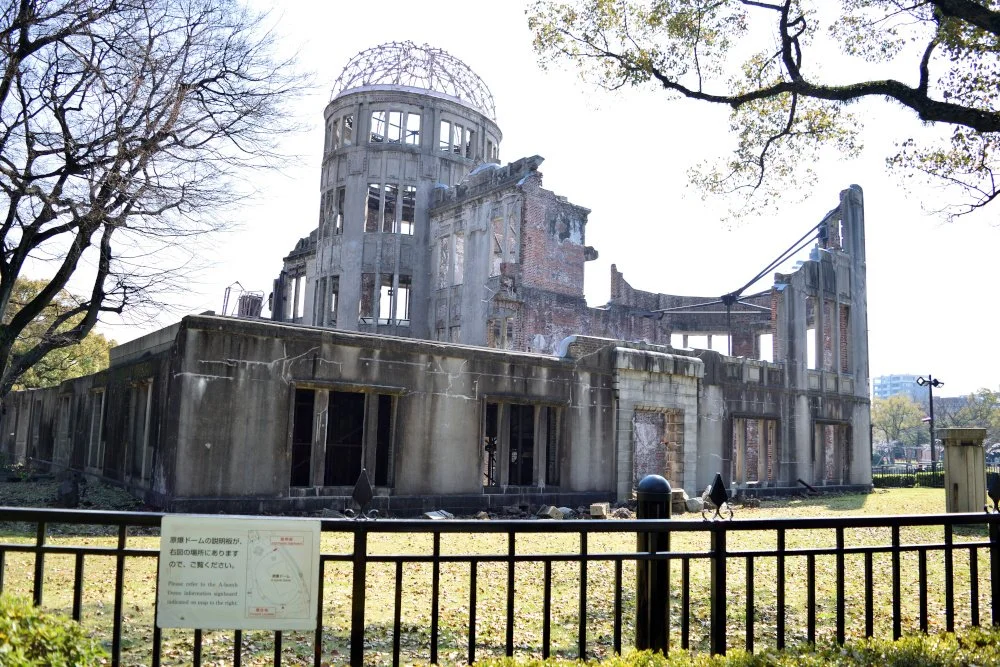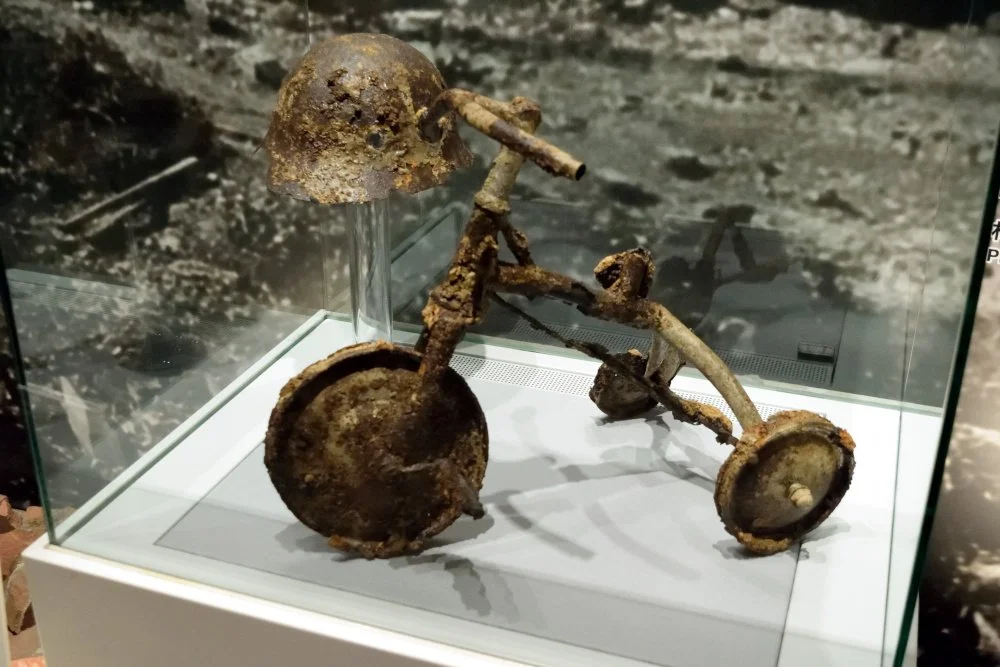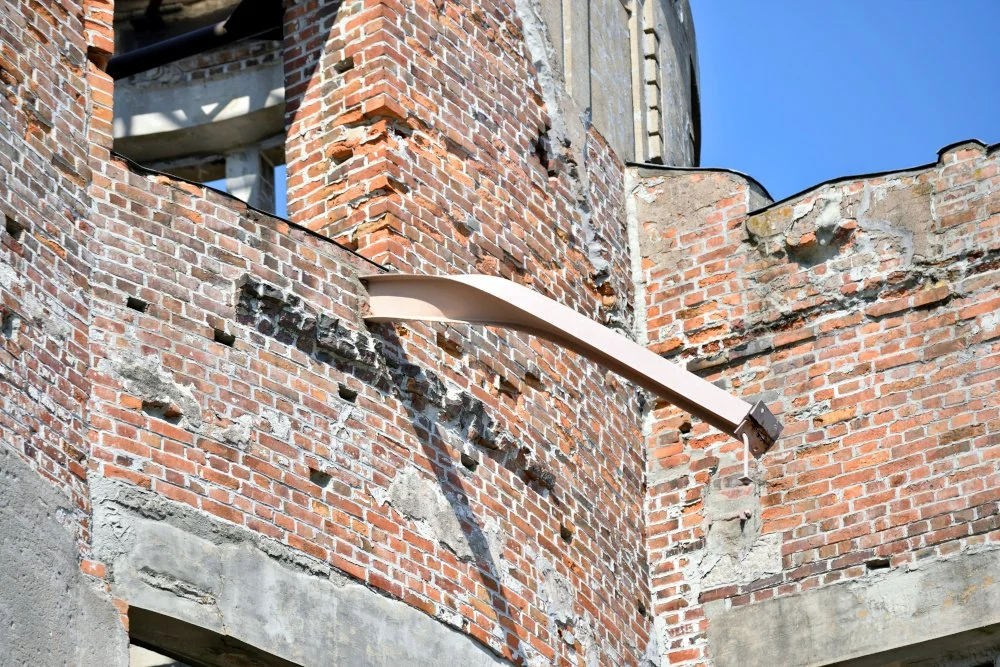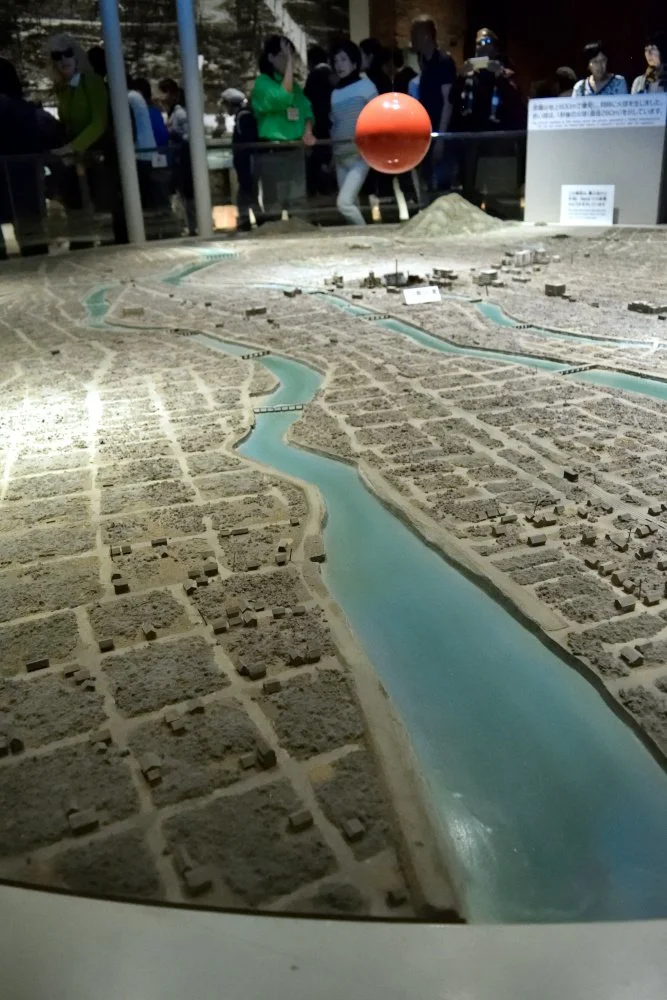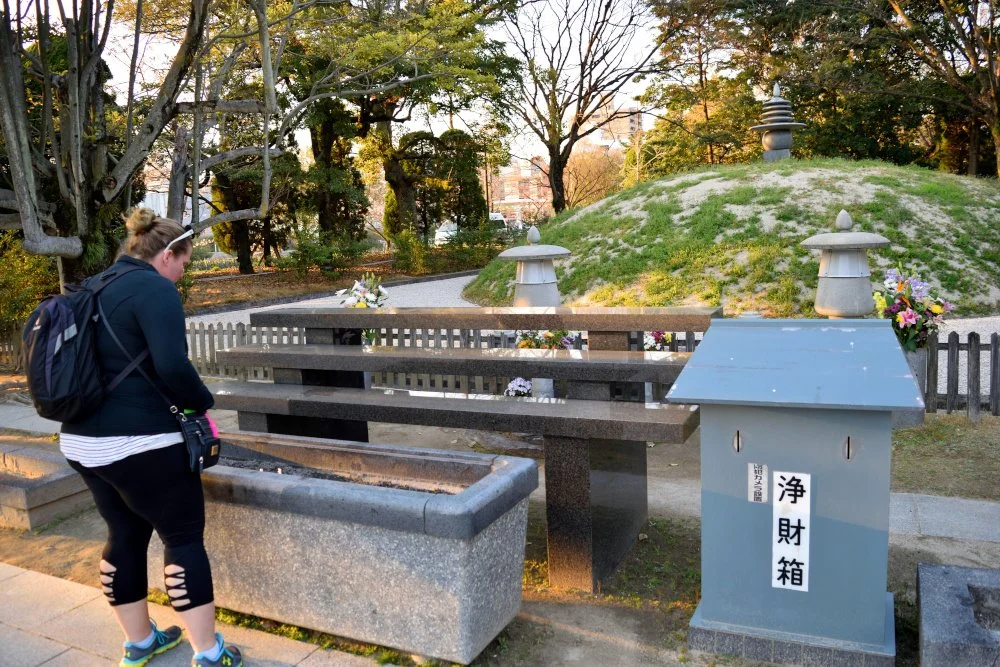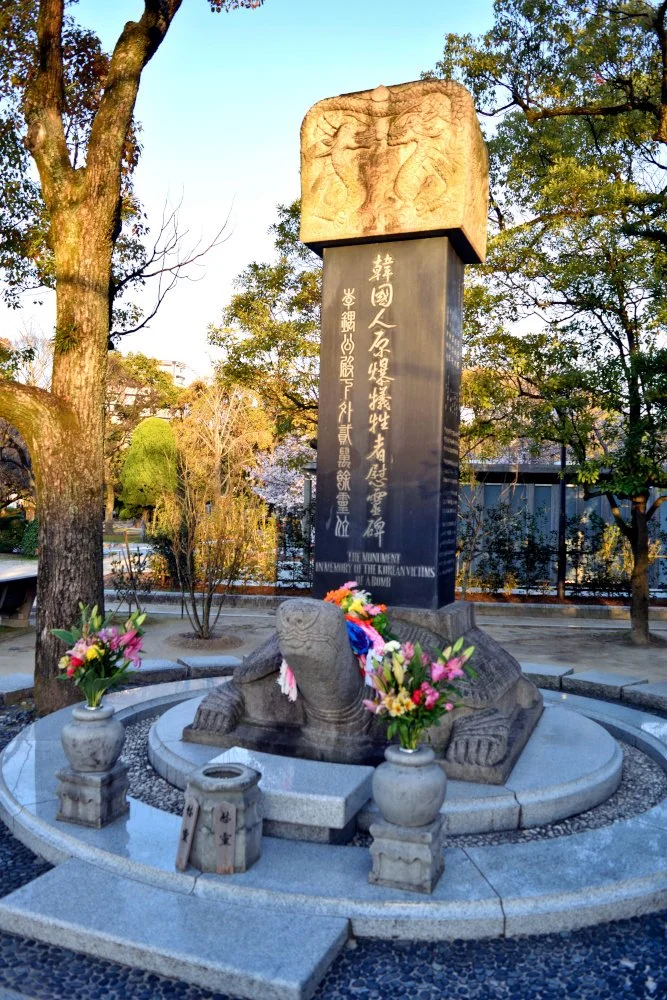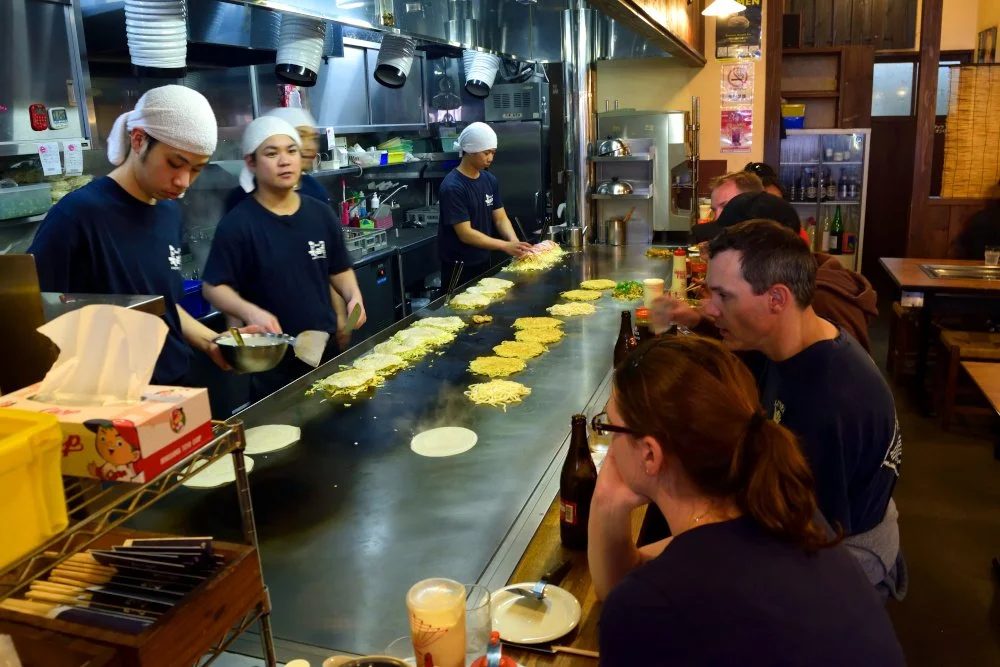Anniversary Blog 21 - Japanese Trains Go Everywhere!
After an amazing time at Kamesei Ryokan exploring Nagano Prefecture, our shinkansen adventures took us southwest to Kobe. Kobe is situated on the north end of Osaka Bay and is in a perfect location for us to get the most out of our unlimited Japan Rail Pass. We stayed at the ANA Crowne Plaza Kobe, a great hotel that is directly connected to Shin-Kobe Station via a covered overpass. We chose that location so that we could have easy access to Kobe’s neighbors. Over the course of the week we explored Kyoto, Himeji, Hiroshima, Nara and more.
One thing we don’t talk about much is how we packed for this trip. We backpacked, Anne had a 40L from Osprey, and Tim had a 65L from Deuter. They are both amazing and still in use almost 10 years later, but you’d be amazed at how many times you have to do laundry on the road when you have those limitations on your wardrobe. So our first day in Kobe was a laundry day. We found a nice full service spot in town, and grabbed some tempura bowls while we wanted. Have I mentioned how amazing all the food in Japan is? I honestly don’t remember having one bad meal.
After taking care of business we explored Kobe a little until we found a nice sushi spot, Uoshin, where we had some huge pieces of nigiri. During our days exploring Kobe we also found a charming local dumpling spot and grabbed some American (Canadian?) food at Nailey’s Grill (every now and then you just want some comfort food, even when you’re in a country full of amazing dishes).
The next day we hit the road and headed to east to Kyoto. We visited the Samurai Kenbu Theater. Kenbu is a traditional Japanese stage performance utilizing the katana (the traditional Japanese sword), and this location offers professional performances. We visited earlier in the morning though to actually participate in a class to learn a simple kenbu, and then perform it. Anne didn’t want to play so much, but Tim did the training under Master Ryu, and eventually performed his short dance. After class we were treated to an hour of professional demonstrations from Ryu and the other masters.
After class, we were starving, so we headed to Sushi no Musashi, a really good conveyor belt sushi by the plate joint. There’s something to be said about the interactive nature of the experience as plates of delicious maki, nigiri and sashimi roll by and you have to make a split second decision on whether or not you want to try that tasty morsel before it’s too late and on to the next guest. We caught a few locals' eyes popping as we tried everything on the belt and then some, and our plates started towering. We didn't care though, it was so good.
We tried to explore the castle, but missed out because they had odd hours for the grounds. Honestly, I think we missed a lot in Kyoto, including castles, UNESCO World Heritage Sites, and historic areas. The next time we goto Japan, we’ll be sure to stay in the area a little longer.
It was early April,so one thing we did get to experience was Sakura (cherry blossom) Season in Japan! We were working our way southwest, starting in Tokyo, so we had seen a little hint of cherry blossoms here and there in the north, but as the weeks went on and we headed towards warmer areas, the blooms were really starting to show in Kyoto. We wandered around town and spotted numerous parks with the beautiful flowers blossoming. There are a lot of different spots the locals like to go to check out the cherry blossoms, so make sure you try them all if you go.
We shifted hotels from Kobe to the Hyatt Regency Osaka (now the Grand Prince Hotel Osaka Bay) to continue our road trips. We jumped on a train and headed east to Iga, the Ninja Town in the Mie prefecture. First we checked out the Iga-ryu Ninja Museum. It was cute because all the little kids were dressed like tiny colorful ninjas. The museum and ninja house were pretty cool and informative about the culture of ninja in Japan and how the class structure of samurai vs commoners played out. It was an interesting to contrast it with all the samurai experiences we had in the country previously.
Then we headed over to explore Ueno Castle. This was a cool smaller castle, but the first one we were actually able to go into and walk all the way to the top. They had cool reproduction armor, amazing architecture, and nice period artwork. Ueno Castle was destroyed half a century after it was built and then rebuilt in 1935. Unlike other castles in Japan that were rebuilt with concrete though, this was rebuilt in the original style with all wood. It is also one of the few castles in Japan that were not destroyed during World War II.
The next day we woke up early for a long adventure. We hopped off the train, walked out of the station and were instantly greeted with an amazing view right down the boulevard of Himeji Castle in the distance. We headed straight to the castle grounds and explored the main keep. This place is amazing. One of Japan’s “Twelve Original Castles”, parts of the the White Heron Castle date back to the 1400s, and the complex was completed by 1609.
We climbed the 6 floors of the castle, and were given the information of each floor as we made our way to the top. It wasn’t as artfully decorated as Iga-Ueno, in fact it was pretty spartan inside, but the natural wood tones and architecture were amazing. We explored the grounds where locals picnicked under the sakura trees, and worked our way back to Himeji Station to go to our primary destination for the day.
As we got off the train in Hiroshima, I’ll be honest, I’m not sure what I was expecting to see, but it wasn’t a thriving metropolitan city that could have been dropped in the middle of the US without anyone even noticing. Hiroshima is most well known to Americans, unfortunately, as being one of the cities that we dropped an atomic bomb on to end World War II in the Pacific. When you think of atomic bombs, you think of radiation. When you think of radiation, you think “uninhabitable for a thousand years” or something.
We walked through town and got a little lost but stumbled upon the reproduced Hiroshima Castle. It was cool, but definitely smaller than Himeji. Eventually we made our way to the Hiroshima Peace Memorial area. This was the location where the bomb actually dropped, and I’d be lying if the whole “radiation” thing wasn’t still prominently in my mind. Peace Memorial Park is situated at a split in the river where there was once a thriving commercial and residential center. After the bomb, the park was created out of the desolate field. Notable sites in the park include the Hiroshima Peace Memorial (aka Atomic or Genbaku Dome), the Children’s Peace Monument (dedicated to the children who died here), the Hiroshima Peace Memorial Museum, and more.
Inside the Hiroshima Peace Memorial Museum, there are artifacts recovered from the aftermath of the explosion. Melted bottles, walls with ashes forever burned into them, destroyed children’s toys, human hair and fingernails, and more. A giant 3Dish map has a ball hanging from the ceiling that shows exactly where the bomb exploded over Genbaku Dome. There was a ton of information on the event, the aftermath and the rebuilding of the city. The museum was small, but really intense.
We learned that the bombs dropped on Hiroshima and Nagasaki were pretty week compared to the thermo-nuclear devices in our arsenal today. The radiation in the area quickly dissipated, and the radiation levels in Hiroshima are not much more than the residual radiation levels anywhere else on Earth at this point.
The entire experience was beautiful, and the message of peace was threaded throughout. From the serene nature of the park with its beautiful monuments and flowers (Anne loves tulips), to the wonderful memorials and paper cranes meant to honor victims, this was definitely an amazing experience that I was not expecting of what is essentially a war memorial.
After the park, we headed back into the hustle and bustle of the city to find a spot for a local favorite, okonomiyaki. We tried a place called Nagataya, which had good stars, and it did not disappoint. Hiroshima style okonomiyaki is a dish where you use a thin batter on a griddle and pile lots of cabbage, pork, yakisoba (noodles), a thinly fried egg, and whatever else you want on it. You then flip it and let the ingredients steam themselves while you put sauce, seaweed and whatever other toppings you want on it. Once the entire dish is finished it’s a steamy pile of sweet and savory deliciousness. I highly recommend it.
We explored the park a little more, taking in the paper crane memorial especially, and then made our way back to Osaka. All in all it was a 15 hour day, but one our most diverse, and one of my favorite days of the trip so far.

